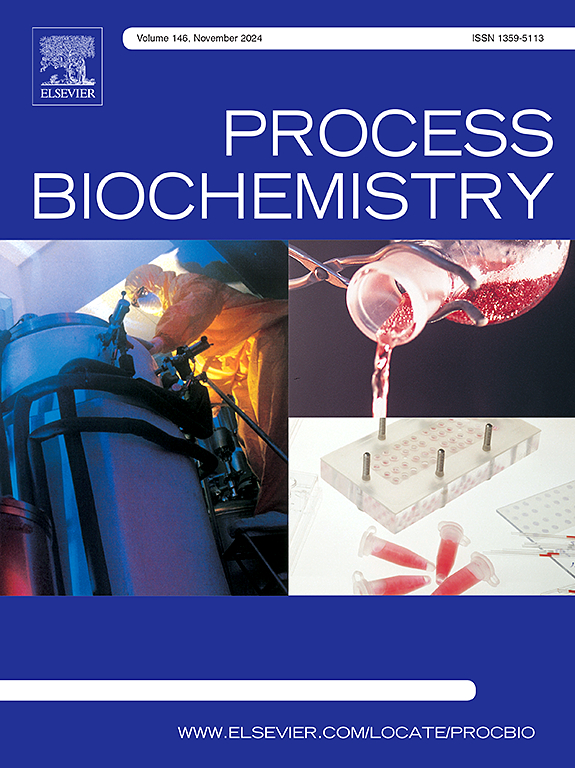De novo carbon monoxide dehydrogenase and carbonic anhydrase using molecular dynamics and deep generative model
IF 3.7
3区 生物学
Q2 BIOCHEMISTRY & MOLECULAR BIOLOGY
引用次数: 0
Abstract
Carbon monoxide dehydrogenase (CODH) and carbonic anhydrase (CA) play crucial roles in cellular metabolism by catalyzing the interconversion of carbon monoxide, carbon dioxide, and bicarbonate. However, the diversity of both enzymes remains unclear. This study integrates deep generative models and molecular dynamics simulations to streamline the design of novel CODH and CA variants. Using highly active enzymes from Carboxydothermus hydrogenoformans (PDB: 1SU8) and human carbonic anhydrase II (PDB:1HEB) as templates, we engineered de novo protein structures with enzymatic activities. Deep generative models including RFdiffusion, ProteinMPNN, CLEAN, and AlphaFold3 were employed to design novel CODH variants. Among all candidates, CODH2206 showed superior stability and activity in simulations but protein expressed as inclusion bodies in E. coli BL21(DE3) and improved in C43(DE3). Further characterization revealed that CODH2206 exhibited higher activity at pH 8. To resolve the quality and quantity of de novo enzymes, we applied SoDoPe solubility and trRosetta structure prediction for pixel-to-protein creation. Finally, hCAd3 activity increased 5-folds when chaperones and rare codons were involved in the system. This pipeline has high potential to generate diverse enzymes, advancing protein engineering for the creation of biocatalysts in the future.
求助全文
约1分钟内获得全文
求助全文
来源期刊

Process Biochemistry
生物-工程:化工
CiteScore
8.30
自引率
4.50%
发文量
374
审稿时长
53 days
期刊介绍:
Process Biochemistry is an application-orientated research journal devoted to reporting advances with originality and novelty, in the science and technology of the processes involving bioactive molecules and living organisms. These processes concern the production of useful metabolites or materials, or the removal of toxic compounds using tools and methods of current biology and engineering. Its main areas of interest include novel bioprocesses and enabling technologies (such as nanobiotechnology, tissue engineering, directed evolution, metabolic engineering, systems biology, and synthetic biology) applicable in food (nutraceutical), healthcare (medical, pharmaceutical, cosmetic), energy (biofuels), environmental, and biorefinery industries and their underlying biological and engineering principles.
 求助内容:
求助内容: 应助结果提醒方式:
应助结果提醒方式:


